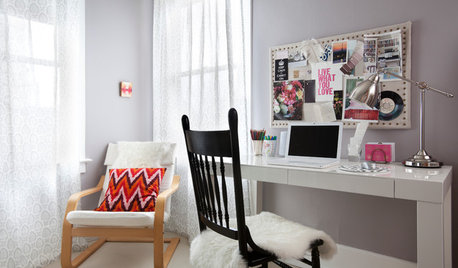Newbie orchardist language list
mrsg47
10 years ago
Related Stories

GARDENING GUIDESTop 12 Summer-Blooming Perennials for Deer-Resistant Drama
Can you have garden color, fragrance and exciting foliage with hungry deer afoot? These beauties say yes
Full Story
LIFEA Therapist’s Guide to Dealing With Conflict at Home
Piles of laundry and dirty dishes are a part of cohabitating. Here’s how to accept it and move forward
Full Story
WORKING WITH PROS10 Things Decorators Want You to Know About What They Do
They do more than pick pretty colors. Here's what decorators can do for you — and how you can help them
Full Story
KITCHEN DESIGNHow to Add a Kitchen Backsplash
Great project: Install glass, tile or another decorative material for a gorgeous and protective backsplash
Full Story





mrsg47Original Author
Scott F Smith
Related Professionals
Salem Landscape Contractors · Wilmington Landscape Contractors · Concord Landscape Contractors · Burien Landscape Contractors · Cedar Hill Landscape Contractors · Dallas Landscape Contractors · Gallatin Landscape Contractors · Hilo Landscape Contractors · Maywood Landscape Contractors · Mission Landscape Contractors · Pueblo West Landscape Contractors · Thonotosassa Landscape Contractors · Wailuku Landscape Contractors · Eastlake Landscape Contractors · Merrifield Landscape Contractorsmrsg47Original Author
murkwell
olpea
mrsg47Original Author
olpea
mamuang_gw
olpea